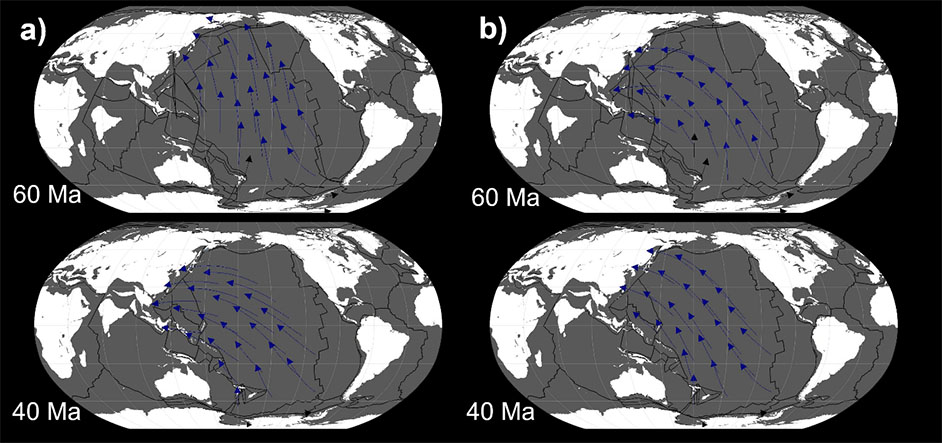Only 10-to-12 Awards are Given Each Year
Daniel Woodworth, a recent Ph.D. graduate of Rice University, received a prestigious National Science Foundation Division of Earth Sciences Postdoctoral Fellowship to pursue geophysics research at the University of Houston.

The fellowship will support Woodworth’s research for two years. He will be under the mentorship of Jonny Wu, associate professor in the Department of Earth and Atmospheric Sciences.
This postdoctoral program recognizes early career investigators of significant potential and is intended to provide them with research experience, mentorship, and training that will establish them in leadership positions in the Earth Sciences community. Only 10 to 12 fellowships are awarded per year.
Woodworth will focus on evaluating Pacific Ocean basin models of the motion of the lithosphere, Earth’s outermost strong layer, consisting of the entire crust plus the upper mantle. The lithosphere is divided into plates – segments that move as single units. The Pacific Plate, which underlies much of the Pacific Ocean, is the largest of these. However, because it is covered by ocean, reconstructing its movement relative to the rest of Earth is challenging.
Several competing models have been developed, often informed by seamount chains in the Pacific Ocean basin, which are thought to record the motion of hotspots, formed by a plate moving over plumes of hot material rising from the deep mantle. Influential early models attributed a bend in these chains close to 50 million years ago to a change in the motion of the Pacific plate relative to these deep mantle plumes, which remained approximately fixed relative to each other and to the mantle. More recent models, however, suggest that the bend resulted from motion of the hotspots relative to one another, not a change in plate motion.

To test which model better fits the available data, Woodworth and Wu will use these competing models of plate motion – differing in whether they have a change close to 50 million years ago – to drive supercomputer models of mantle circulation. These models can be used to predict mantle structure, and to compare the resulting predictions of the present seismic velocity structure, history of volcanic arc formation, and other features to observations.
Distinguishing between these models of Pacific Plate motion will allow scientists to better understand how and why tectonic plates move.
An abrupt change in Pacific Plate motion close to 50 million years ago would correspond to subduction initiation along the western Pacific margin, suggesting that the increased pull from downgoing slabs may have contributed to a change in plate motion. Alternatively, if Pacific motion did not change, it suggests that these slabs had little additional impact on the driving forces of plate motion.
In addition, the question of whether mantle plumes and hotspots (their surface manifestation) move rapidly relative to the deep mantle is important in efforts to define the motion of other plates relative to the deep mantle. Hotspot tracks were widely used early in the development of plate tectonics to define plate motion relative to an approximately fixed hotspot-deep mantle frame. But, if plumes move rapidly independent of the deep mantle, this method becomes much more challenging or impossible.
Woodworth will also develop educational modules designed to guide high school and early undergraduate students in using GPlates, an open-source plate tectonics program, to explore geophysical concepts. These modules will be bilingual, in both Spanish and English, to introduce students to geological concepts in both languages. These materials will be particularly helpful to those who may be Spanish speakers but not proficient in scientific Spanish. The goal of the modules is to help eliminate barriers to entry in STEM for Hispanic students, an underrepresented group in STEM nationally.